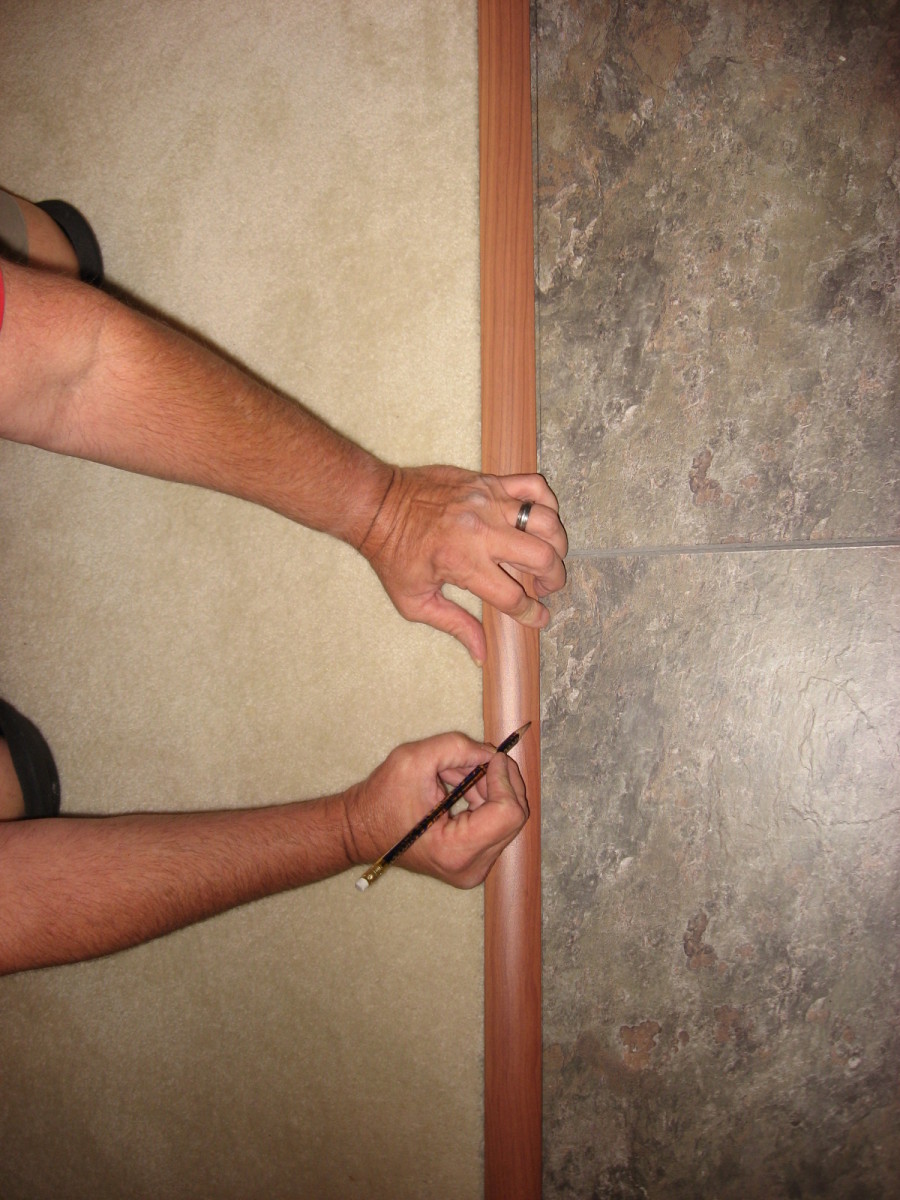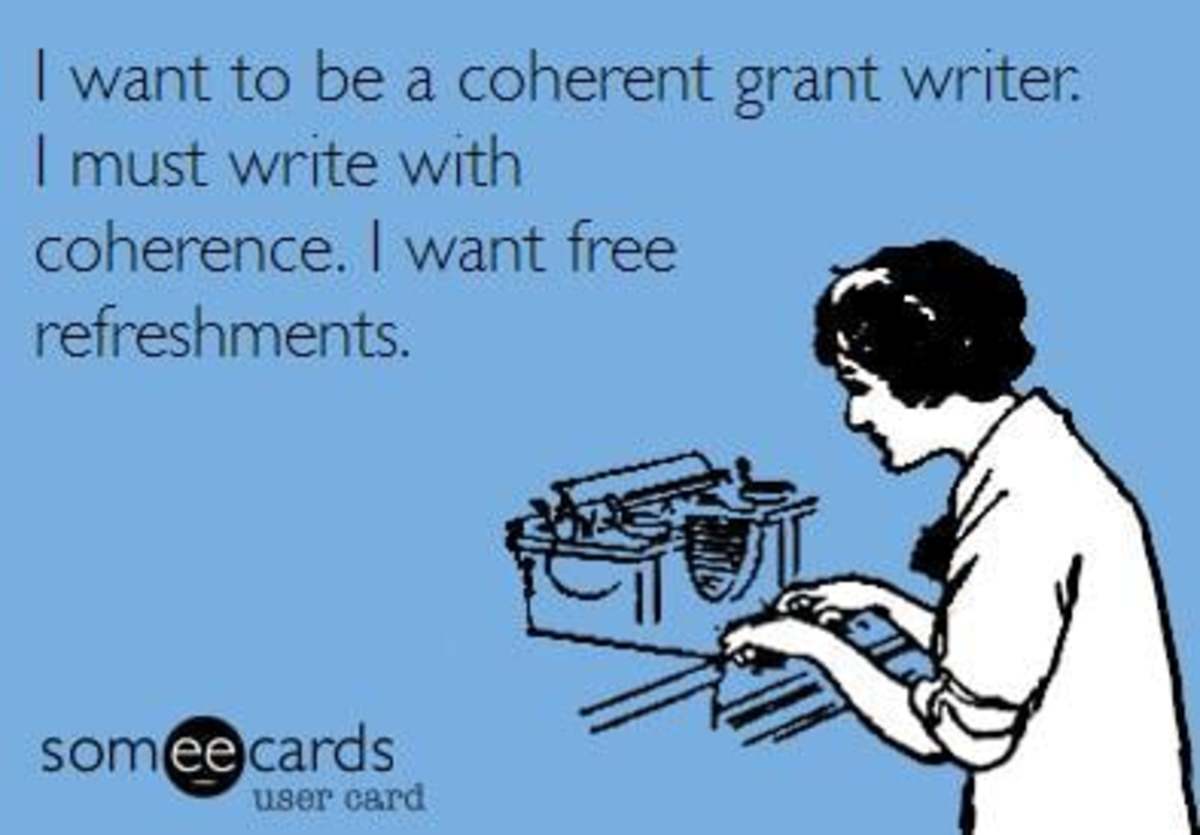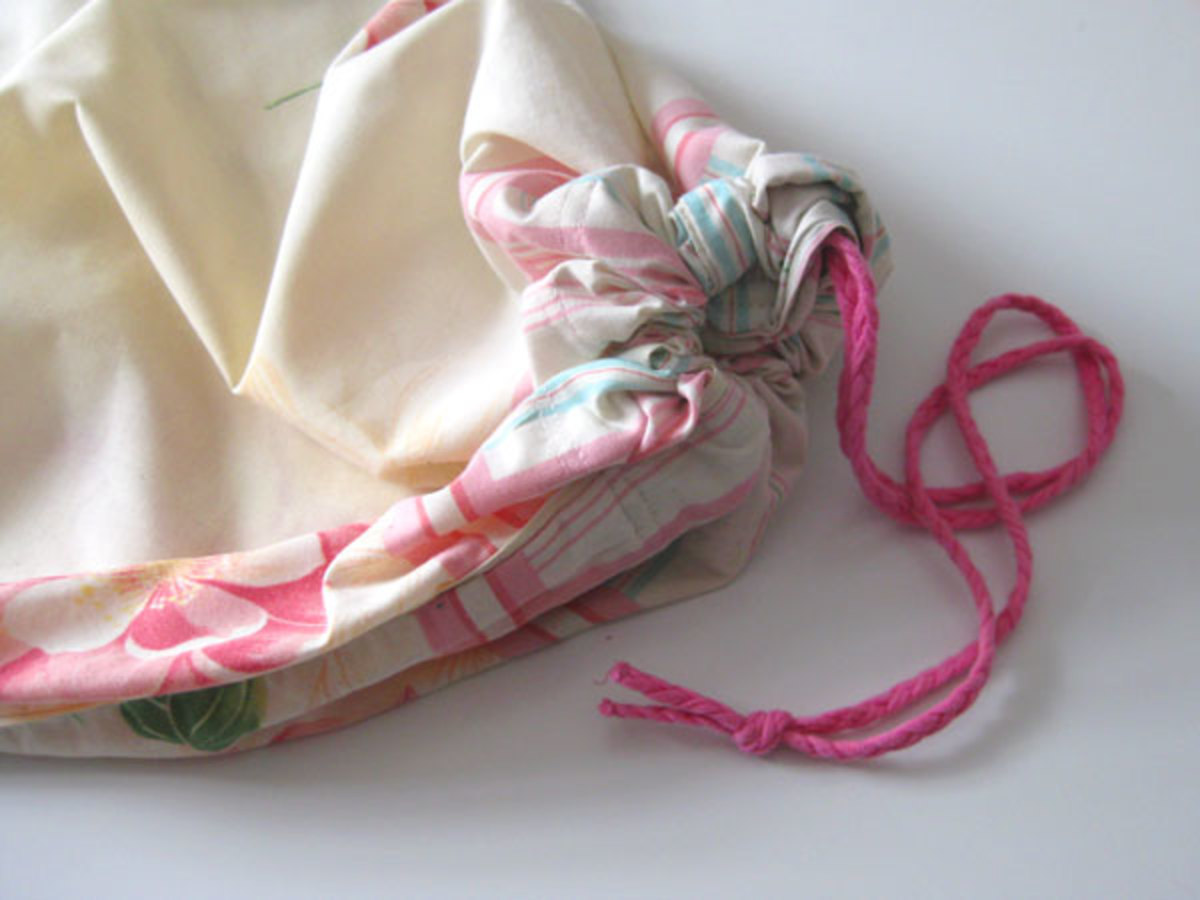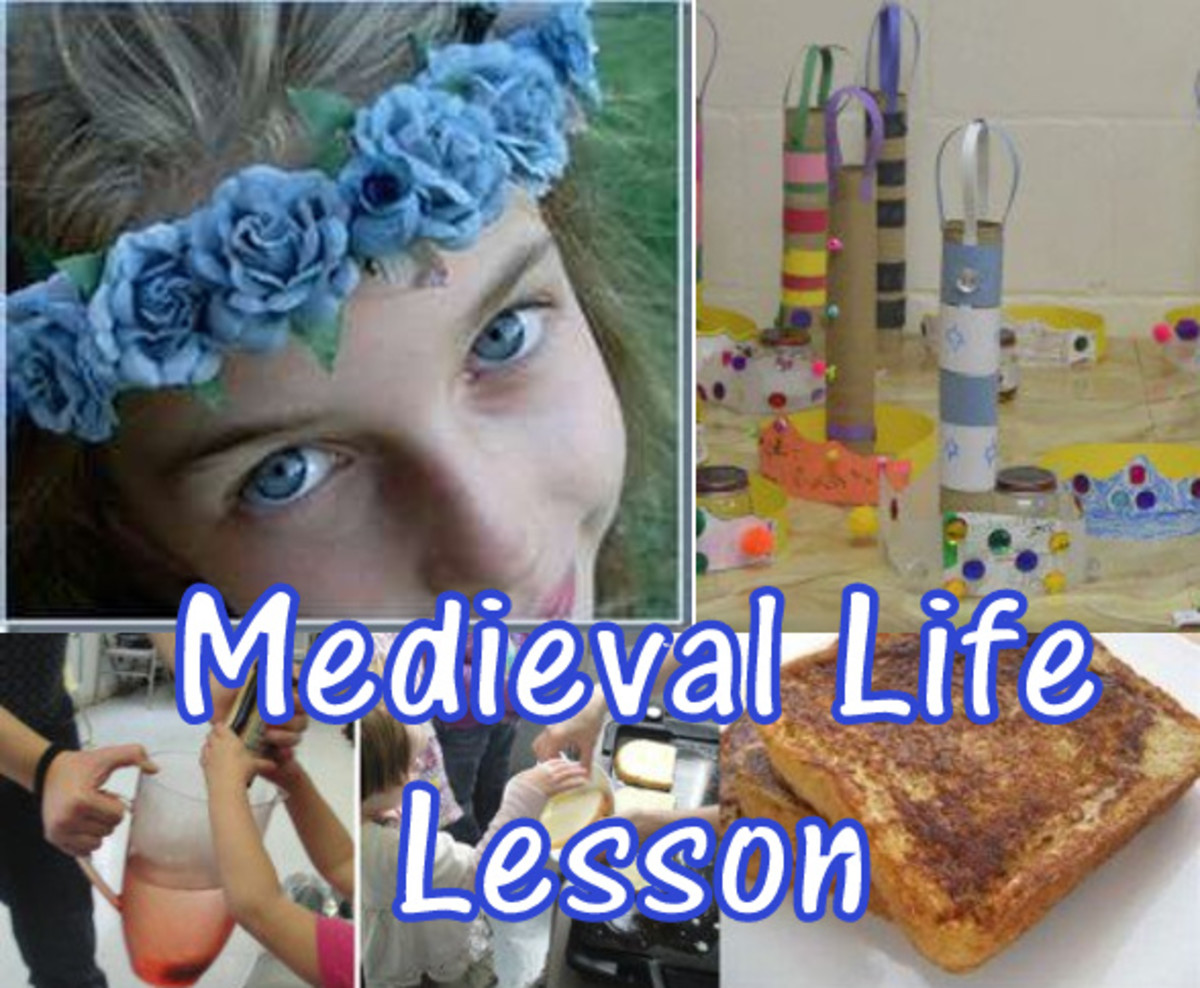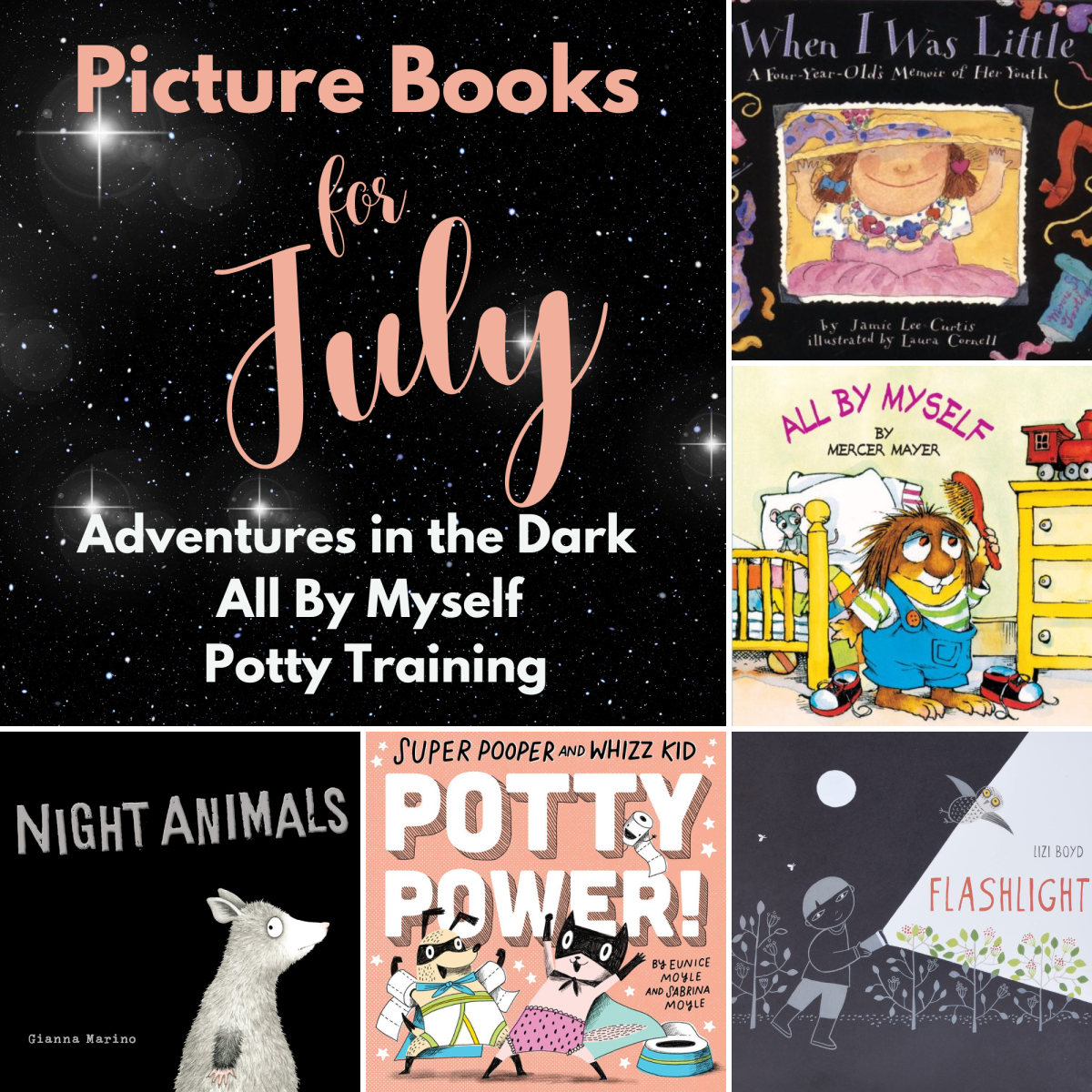- HubPages»
- Education and Science»
- Teaching»
- Lesson Plans
Creating Multi Use Paragraphs (and Loving It!)

An Exciting New Teaching Method
Creating Multi Use Paragraphs (and Loving It!)
By Martin Monroe
What Kind of Sandwich for Lunch?
Chances are, you already have experience creating Multi-Use Paragraphs. It’s called gossip. When one engages in gossip, the gossip factoid, will often undergo some changes or embellishments in the retelling. After many interpretations, the original story is often lost in the myriad recountings of the original ‘fact’. So too with Multi-Use paragraphs. Gossip is the original Multi-Use paragraph. The comparison, while not complete, is close enough. Subsequent changes, even if only implied by inclusion of new material to your original opening and concluding paragraphs, like gossip, are by then, quite out of your hands.
In other words, your opening and concluding paragraphs are the slices of bread that make up a sandwich. ‘Tis not for the bread to decide what type of sandwhich it shall become. That is for the sandwich–maker to decide. This is not to degrade the importance of the bread to the sandwich. For what is a sandwich without it?
Your task, as the baker of bread or the author of opening and concluding paragraphs, is to bake the finest quality bread, and leave the sandwich to others to complete. As the writer of Multi-Use paragraphs, it may be best not to concern yourself with any imagined conception of a ‘finished’ product. Rather, your beginning and ending paragraphs are the finished product, at least as far as you are concerned.
Lady Ga-Ga
That is one of the many possible approaches to the concept of the Multi-Use paragraph.. In a sense, your job is to daydream. And that’s a neat job to have! How many ‘ne’er-do-wells’ have been fired from their positions over the centuries for daydreaming on the job?
But not you, if and when you are ever caught daydreaming on the job, it is just as likely to be a boon for you, the creative writer, rather than the bust of yore. The only caveat for you then, o aspiring writer of the Multi-Use papgraph is that you keep your thoughts out of the gutter. Or depending on your assigned story line, at least in the gutter that is ‘on the right side of town’.
Your task then, is to dream up interesting and meaningful ideas ‘out of the blue’. This is what being a creative writer is all about. Like Lady Ga-Ga, you must walk the walk, talk the talk. Use your imagination to conceive new story ideas that will dazzle, entertain and educate your readers. If your faculty of imagination be weak, not to worry. As a creative writer charged with the task of such select authoring, your opportunities for practicing and developing this often overlooked faculty are manifold.
Cogs In a Wheel?
Beginning now, you are a writing machine. While the use of machine as an adjective can have a negative connotation to it, its use here is in the spirit of the confident football player who wishes to become a running machine, a tackling machine. In other words a force, to be reckoned with. Your goal is to be a force, in the creative witing field. Though you may not be awarded writing credit for your ideas, your ideas will still be there, serving the greater purpose of the complete story. Inspiring, entertaining and educating others when you effectively use your imagination and writing ability to ace your assigned areas of the product.
Some may walk away from this discussion of ‘machine theory’ with the feeling that they are mere ‘cogs in a wheel’. So much automatas to be programmed, not unlike the movie ‘The Matrix’. If you are, then choose your side wisely. Do you want to be another programmed drone? When you use your imagination, you can free your mind of such limitations.
Your Better Idea
Imagine that you are a factory worker in an early Ford Motor Company plant churning out ‘Model T’s’. Your job is to install the two wheels on the right side of the vehicle. Day in and day out, hour after hour you continue your repetitive task. The seconds magnify their duration. You stealthily steal glances at the clock, mindful to avoid the penetrating gaze of the foreman. Finally the bell sounds and, after a very progressive for the day, twelve-hour shift you go home, relieved that your day is over. Soon the bell rings and it’s time to do it all over again, as in the movie ‘Groundhog Day’.
Is that how you would feel if you were engaged in the field of assembly-line manufacuring? Living your working life mired in an ever-growing sense of dehumanization? Your career at the Ford Motor Company was still a ‘success’. For your loyalty to the job, you eventually became the head lineman. Directing others in the monotinous task of which you specialized in for so many years. Not bad good and faithful servant. But wait! What might have you accomplished had you been living in the presence of a sunny disposition?
As an example of what you might have achieved, we must examine the career of a contemporary. The assembly-line worker whose task it is to install the two left wheels of the Model T. This co-worker did predominantly the exact same work as you did. His view, was different though. Not only literally, as he looked towards a different side of the plant, but also figuratively. His attitude was that although his was a repetitive task, each wheel, each installation of a single tire was a separate and unique occurance of a brand new action. He believed this from the very beginning and therefore numbered, in his mind each and every tire. This eventually developed in him a vivid clarity of observation. One day he spotted a defect in tire number 11,050 and brought it to the foremans attention. It turns out that the whole lot of tires was defective and so returned by the company to the supplier. Thus saving the lives of potential accident victims of faulty tires and the company millions of dollars in potential law suits and bad publicity. For his accumen in hiring the worker in charge of installing the two left wheels of the Model T, the foreman was promoted to Assisant General Manager of the plant. For his discovery and report of the defect, the installer of the left wheels was promoted to Foreman. From there, by virtue of his continued application of keen observation and persistence, he rose through the corporate ranks to become Assisant Vice-President.
In Conclusion
Speaking of conclusions, we will conclude this look at Creating Multi-Use paragraphs with a list of step-by-step instructions on how to PUMP YOU UP to energize your literary creations- ‘To thee as to all, the kingly goal’.*
Creating Mult-Use Paragraphs
Step 1. If it is possible, first view the title without looking at any accompanying information, such as the theme.
Step 2. Examine the Title. What information can one glean from a title? Perhaps not a lot. It depends on the title. Some titles are more informative than others.
Step 3. Take a moment to consider what your reaction was when your eyes first met the text of the Title.
Step 4. Make a list of all of the possible interpretations and meanings that the Title might impart.
Step 5. Carefully Read the Theme.
Step 6. Consider what the theme means to you.
Step 7. Think about what that same theme might mean to others. Would they share your view?
Step 8. Begin to imagine what your opening paragraph will be about. Have you already found some inspiration that occurred to you during this process? Great. If not, don’t panic. Chill out for a moment and keep thinking about your theme. How closely does the title really relate to the theme? Can it still be a good title if it does not?
Step 9. Write the opening paragraph. Armed with the accompying data of the theme for your work, you, aided by your ever-blossoming imaginative faculties, should now be well equipped to handle your responsibility as a Creative Writer of introductions and conclusions.
Step 10. Write the conclusion
Step 11. Proofread your work. Make any corrections as needed.
Step 12. Have fun! Writing is a priveledge and an honor. Enjoy the gift of being an important part of this noble pursuit.
*Frank Channing Haddock




